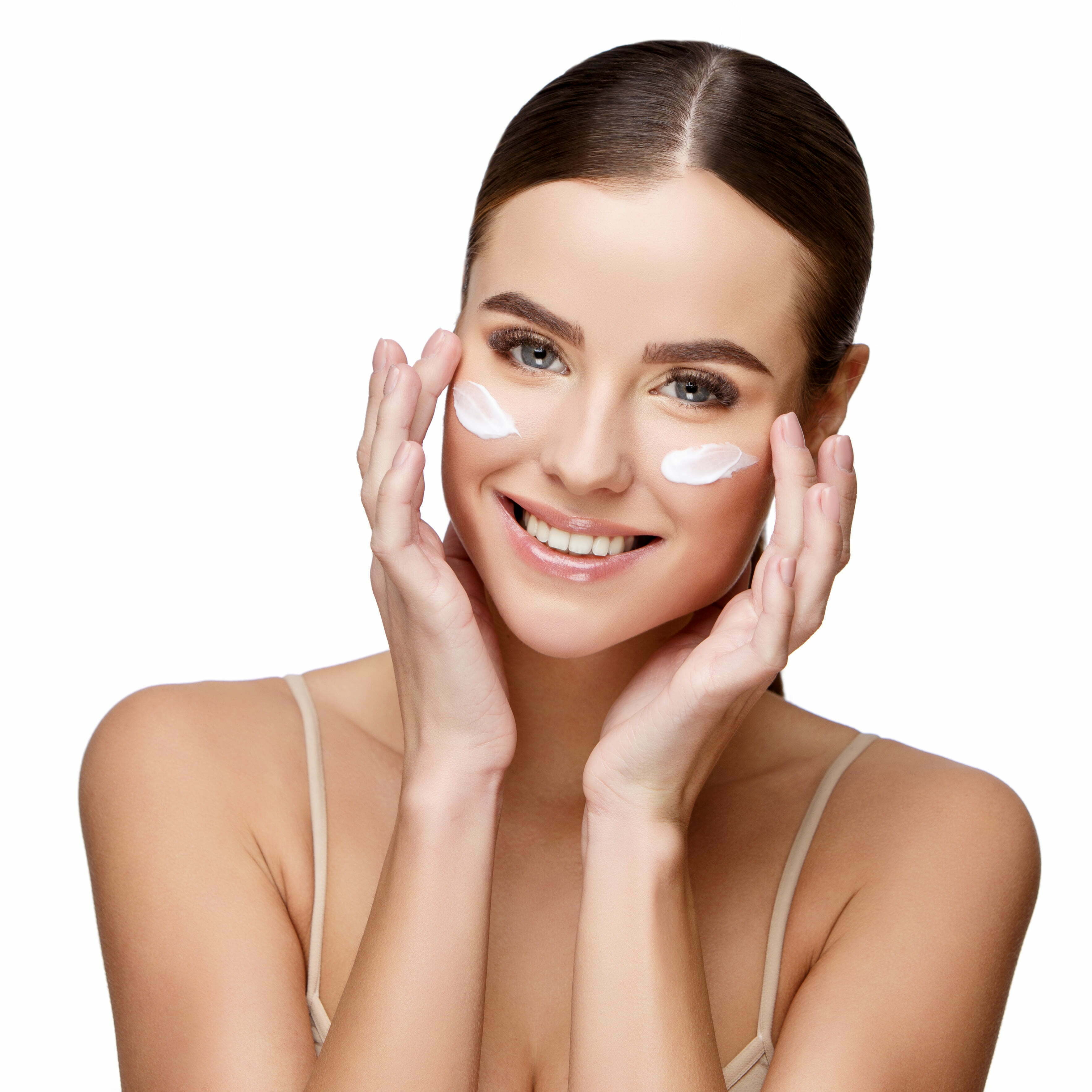The soil has been likened to the pores and skin masking our bodies. If left unchecked, both suffer serious erosion from wind, water, and solar harm. Sandthorn is one of the uncommon flora that has been validated to be very useful in landscape recovery and cosmetic care of the skin. The Dust Bowl of the 1930s turned into the most tragic land calamity ever to strike the North American continent. Cattle overgrazing via ranchers and over-farming using sodbusters removed all of the grasslands from America’s prairies, leaving the unprotected soil to periodic rain washouts and frequent riding winds. A story circulating in those days advised of an antique Nebraska farmer sitting on his front porch at some point during a horrendous dust storm. When asked what he turned into watching so closely, he said, “Oh, I’m just counting them Kansas farms as they cross-flying by way of.

Just as soil covers a whole lot of the floor we walk in, so does some other material guarding the sensitive internal parts of our bodies towards wear and tear, knocks and bodily harm, and extremes of temperature. Skin is the body’s biggest and heaviest organ. It covers nearly 21½-rectangular feet (2 rectangular meters) on a person around nine to 15 pounds (four to 7 kilograms), representing about one-12th of the frame’s total weight.
If you’ve ever worn an overcoat that heavy, you could begin to recognize how serious your skin is. As a bath, evidence raincoat skin continues out a maximum of the water and other fluids it is uncovered, even though it isn’t always completely water-resistant. Water is repelled through the natural oils and waxes inside the tiny sebaceous glands below the skin’s surface. This sebaceous merchandise also preserves pores and skin flexible, arid, and supple.
The skin prevents germs from entering the body. Under a microscope, the skin’s surface suggests many useless, flattened cells interlock and overlap tightly, like tiles on a roof. Few germs can penetrate this barrier, which completely covers healthful skin. But they can enter the frame through cuts or breaks inside the pores and skin. The natural waxes and oils at the pores and skin’s floor incorporate germ-killing chemical substances.
These are the body’s disinfectants, protecting bacteria, yeasts, and other potentially harmful microscopic organisms. Much like that of the earth1, the panorama of the skin undergoes numerous ameliorations over a lifetime. It experiences one-of-a-kind types of erosions introduced through the elements of weather, terrible eating regimen, emotional upset, overuse of chemical cosmetics, and gradual growing older.
Two kinds not unusual to many older people are rosacea and eczema. The first circumstance is characterized by dilation of the facial capillaries, acne-like acne, and thickened pores and skin on the nose occasionally. Certain meals – including tea, espresso, alcohol, and spicy people – are associated with worsening rosacea. The latest study suggests that the warmth in espresso or tea may be accountable.
Eczema is an all-encompassing term, now and then, used synonymously with dermatitis to explain inflamed, scaly, itching skin that may be because of a wide variety of causes. Recent reports propose a possible connection between this problem and impairment in the skin’s metabolism of the important fatty acid linolenic acid. Patients with this circumstance advanced when given supplements containing a natural supply of gamma-linolenic acid.




















